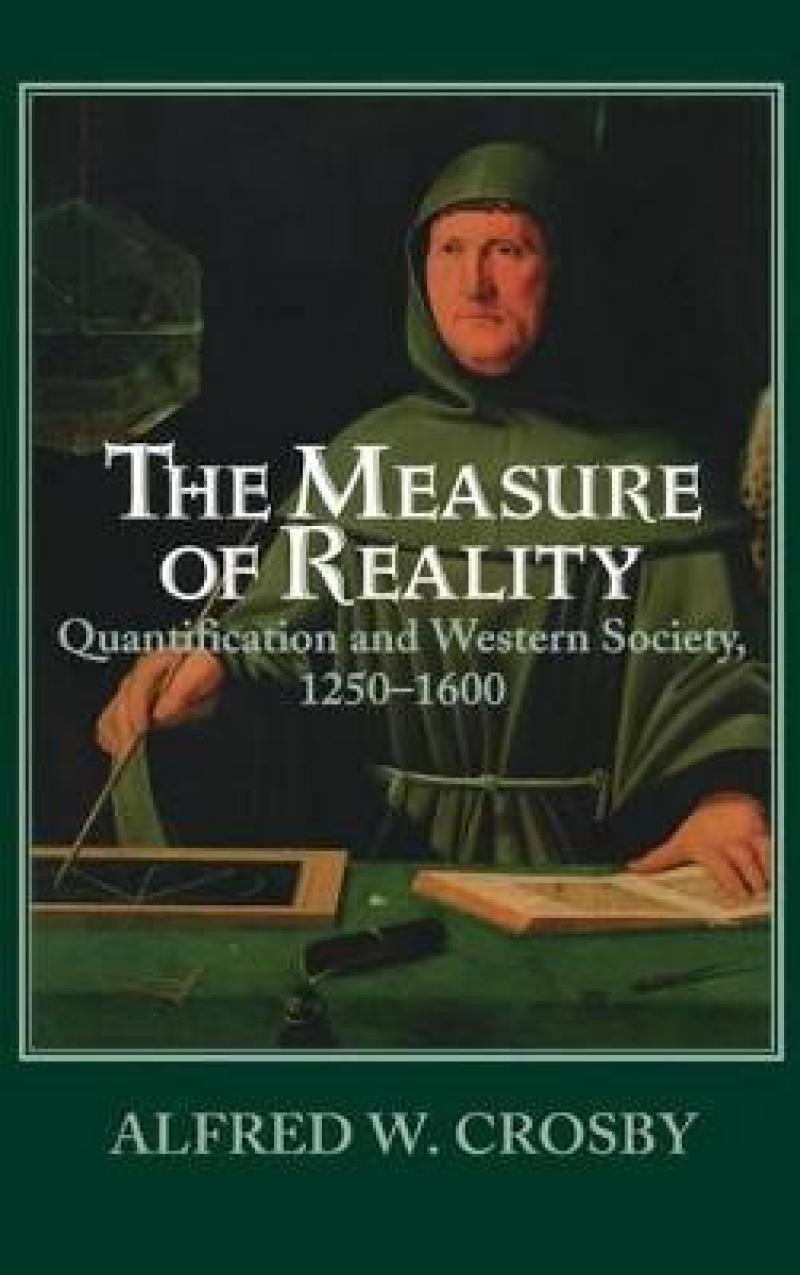Western Europeans were among the first, if not the first, to invent mechanical clocks, geometrically precise maps, double-entry bookkeeping, precise algebraic and musical notations, and perspective painting. By the sixteenth century more people were thinking quantitatively in western Europe than in any other part of the world. The Measure of Reality, first published in 1997, discusses the epochal shift from qualitative to quantitative perception in Western Europe during the late Middle Ages and Renaissance. This shift made modern science, technology, business practice and bureaucracy possible.
Les mer
This book discusses the shift from qualitative to quantitative perception which occurred in Western Europe during the late Middle Ages and Renaissance and which was to lead to western domination of science and technology.
Les mer
Part I. Pantometria Achieved: 1. Pantometria, an introduction; 2. The venerable model; 3. Necessary, but insufficient; 4. Time; 5. Space; 6. Mathematics; Part II. Striking the Match: Visualization: 7. Visualization, an introduction; 8. Music; 9. Painting; 10. Bookkeeping; Part III. The New Model.
Les mer
'In this thoroughly fascinating monograph, Alfred W. Crosby asks a fundamental question: How and why did it come to pass that Europeans, seemingly backward bumpkins in medieval times, became so successful as imperialists?' John Allen Paulos, LA Times
Les mer
This 1997 book discusses the shift to quantitative perception which made modern science, technology, business practice and bureaucracy possible.
Produktdetaljer
ISBN
9780521554275
Publisert
1996-11-28
Utgiver
Vendor
Cambridge University Press
Vekt
510 gr
Høyde
236 mm
Bredde
160 mm
Dybde
23 mm
Aldersnivå
P, U, G, 06, 05, 01
Språk
Product language
Engelsk
Format
Product format
Innbundet
Antall sider
262
Forfatter
